Historical Timeline
Department of Pathology & Laboratory Medicine
1852
The Sacramento County Hospital – the predecessor to the UC Davis Medical Center – is established.
1871
The Sacramento County Hospital moves to a 22-acre parcel of land on Stockton Blvd, the present location of UC Davis Medical Center.
1905
UC Davis is established as the third university campus, preceded by both UC Berkeley and UC San Francisco in 1873.
1928
A new building is completed for the Sacramento County Hospital.
1938
Sacramento County Hospital establishes a clinical laboratory scientist (then called medical technologist) training program, a program which continues today.
1949
A new North/South wing of the hospital is designed by George C. Sellon, a graduate of the Art Institute of Chicago and California’s first state architect. This wing still remains in active use today at UC Davis Medical Center.
1953
The pathology residency program receives its first national accreditation. The program has maintained continuous accreditation ever since.
1965
The Regents of the University of California vote to establish a medical school at UC Davis.
1966
The University of California affiliates with the Sacramento County Hospital. As the primary teaching site for the new UC Davis School of Medicine, the hospital’s mission expands to include education and research.
1967
Founding chair, Robert Stowell MD PhD, is appointed to lead the Department of Pathology.
- An international leader in the field of pathology, Dr. Stowell was the Scientific Director of the Armed Forces Institute of Pathology prior to joining UC Davis. He had previously served as chair of the Department of Oncology at the University of Kansas.
- In addition to recruiting the founding faculty for the Department of Pathology, Dr. Stowell’s leadership established many important functions for the new school of medicine. He served as vice chair of the first admissions committee, helped create the school's first curricula and courses, built new programs and recruited new faculty.
1968
UC Davis School of Medicine enrolls its first class.
1969
Sefton R. Wellings MD, a pioneer in mammary pre-neoplasia, becomes chair of the Department of Pathology.
- Recruited to the department only a short time earlier, Dr. Wellings had been Chair of the Department of Pathology at the University of Oregon Medical School.
- During his tenure as chair, Dr. Wellings and faculty colleague Hanne Jensen MD publish a landmark breast cancer atlas that becomes a classic in the field.
1976
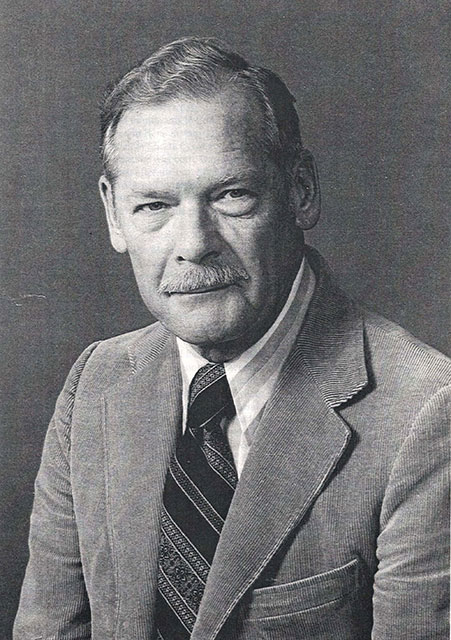 Wilfred E. Toreson MD PhD becomes acting chair of the Department of Pathology.
Wilfred E. Toreson MD PhD becomes acting chair of the Department of Pathology.
- A member of the faculty at UCSF until 1966, Dr. Toreson wrote the position paper that led to the formation of a medical school at UC Davis.
- Prior to joining UC Davis in 1971, Dr. Toreson served as professor, acting chair and director of anatomical and clinical laboratories at the State University of New York (SUNY) Downstate Medical Center in Brooklyn, NY. While at SUNY, Dr. Toreson oversaw the installation of one of the first laboratory computer systems and developed New York City’s first medical technology training program.
1977
George Lundberg MD is appointed chair of the Department of Pathology.
- Joining UC Davis from the University of Southern California, Dr. Lundberg is nationally known for his focus on laboratory quality. He introduced the concepts of critical values and the “brain-to-brain loop” which provided a systems-approach to error reduction which forms the basis of laboratory quality and accreditation programs nationwide.
- During Dr. Lundberg’s tenure as chair, he re-organized laboratory sections, upgraded quality programs, and developed the Specimen Accessioning and Receiving Center to improve in-take and triage of specimens.
- Lundberg later leaves his chair position to become editor-in-chief of the Journal of the American Medical Association.
1977
A 10-year purchase agreement for the UC Davis Medical Center is signed with Sacramento County.
1977:
A four-story building housing laboratories, offices and classrooms for the medical schools is completed. Re-named Tupper Hall in 1996, the academic activities of the Department of Pathology are located here for over 30 years.
1978:
The University of California assumes ownership of the Sacramento County Hospital, renaming it the UC Davis Medical Center.
1982
The University Tower is completed, providing more hospital beds and modernizing the medical facilities.
1982
 Dr. Murray B. Gardner is appointed chair of the Department of Pathology. He had joined the department one year earlier from the University of Southern California.
Dr. Murray B. Gardner is appointed chair of the Department of Pathology. He had joined the department one year earlier from the University of Southern California.
- A pioneer in comparative medicine, Dr. Gardner’s research focused on animals models of human disease, emphasizing oncogenic and immunosuppressive retroviruses in non-human primates and mice.
- Gardner was key to building the AIDS research program at UC Davis, and establishing the plan for the future Center for Comparative Medicine.
1982
The Hugh Edmondson Summer Research Internship program for undergraduate students begins. First established at the University of Southern California, Chair Murray Gardner brings this program to UC Davis.
1989
UC Davis is named a national center for AIDS research, recognizing the accomplishments of a multidisciplinary team of scientists in the Schools of Medicine and Veterinary Medicine, and their collaborative research on human, macaque and feline AIDS. Members of the Department of Pathology play a prominent role in this work.
1990
Robert D. Cardiff MD PhD is appointed chair of the Department of Pathology.
- A member of the UC Davis faculty since 1971 and an international expert in mouse models of neoplasia, Dr. Cardiff had previously served the department as vice chair. He was also an educational leader whose curricular innovations included a highly-regarded summer immersion course in Systemic Pathology.
- Desktop computers with e-mail and Internet connections, an electronic laboratory information system, and digital pathology were first introduced to the department during Dr. Cardiff’s tenure as chair.
- Dr. Cardiff later became the founding director of UC Davis’ Mutant Mouse Pathology Facility at the Center for Comparative Medicine and founder of the non-profit Center for Genomic Pathology.
1991
Dr. Stowell and his wife, Eva Mae, endow the Robert E. Stowell Lectureship to support a distinguished scientist as a visiting lecturer in the Department of Pathology.
1992
Completion of the Center for Comparative Medicine.
- Inspired by the success of a multi-disciplinary team of investigators studying AIDS and other chronic infectious diseases, including many members of the Department of Pathology and chair emeritus Murray Gardner, the Center’s mission was later expanded to cancer and mouse biology, with the overarching theme of animal modeling of human diseases.
- Funding for construction of the $16 million CCM was provided by a California bond initiative as part of the “Garamendi Act” with additional funding from private grants and UCD funds for faculty recruitment and instrumentation.
1992
The Benjamin Highman Lectureship is established through a gift by the family of the late Benjamin Highman MD, retired Medical Director and Chief of Pathologic Anatomy at the National Institutes of Health, and a volunteer faculty member in the department.
1996
Ralph Green MD PhD, a hematopathologist and an internationally-known scientist whose work focuses on the role of folate, B-12 and homocysteine metabolism in the pathogenesis of many diseases, is appointed chair of the Department of Pathology and Laboratory Medicine.
- Joining the department from the Cleveland Clinic, Dr. Green establishes department seed grants and an annual research retreat. The department doubles its NIH research funding and rises to the upper quartile of NIH-funding among academic pathology departments.
- The electronic medical record is introduced throughout the UC Davis Health System.
- Fellowships in cytopathology and surgical pathology are established, and planning begins for a transfusion medicine fellowship.
- Non-core clinical laboratory services move to the Specialty Testing Center, an off-site location.
- UC Laboratory Consortium, co-developed by Dr. Green, is established to share testing between the pathology departments at the five UC medical centers.
- The department’s name is officially changed to the Department of Pathology and Laboratory Medicine.
1998
The department moves from one of the last county hospital building remaining from the early 1900s to its current site on V Street, following purchase and remodeling of the former county coroner’s office. Renamed the Pathology Administration, Teaching and Histology (PATH) Building, the facility included expanded technical space for histology and cytology, offices for faculty and academic staff, and teaching space for housestaff.
2001
The Robert Stowell Chair in Experimental Pathology is established in the department with a gift from founding chair, Dr. Robert Stowell.
2002
UC Davis Cancer Center achieves National Cancer Institute designation. The Department of Pathology contributes by leading three new shared core resources Biorepository, Flow Cytometry, and Genomics.
2002
The medical student pathology course is integrated across the medical curriculum.
2003
Digitized slides replace glass slides for medical student teaching.
2005
Non-core clinical laboratories complete their move to the Specialty Testing Center, a modern and spacious off-site facility in a nearby business park.
2006
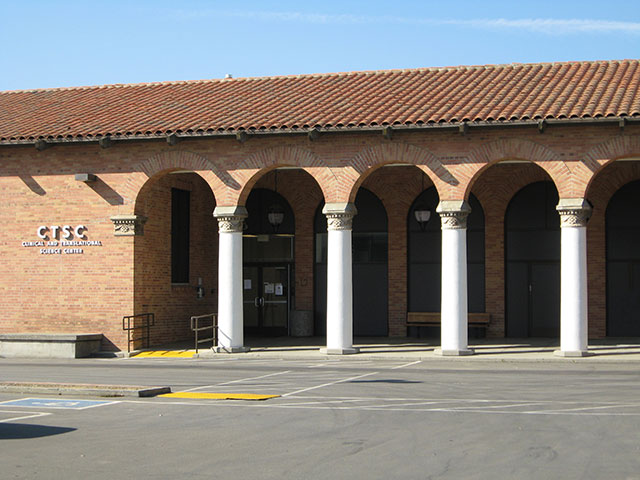 The Clinical and Translational Science Center is established with a $24.8 million NIH award. UC Davis is one of the first 12 institutions to receive this coveted award.
The Clinical and Translational Science Center is established with a $24.8 million NIH award. UC Davis is one of the first 12 institutions to receive this coveted award.
2007
The Education Building is completed on the UC Davis Medical Center campus. All medical school teaching activities, including the pathology course for medical students, move from Davis to Sacramento.
2008
Chair Ralph Green is honored with an award for “Extraordinary Service to Pathology Resident Education” from the Association of Pathology Chairs’ Program Directors Section, the specialty’s highest award for graduate medical educators.
2010
An automated core lab with the largest robotics line in inland Northern California opens in the new hospital pavilion at UC Davis Medical Center, replacing crowded lab facilities in the 1949 hospital wing.
2010
Lydia Pleotis Howell MD, cytopathologist and former Associate Dean of Academic Affairs, is appointed chair of the Department of Pathology and Laboratory Medicine.
- A member of the faculty since 1986 and a national leader in faculty development, gender differences and workforce issues in academic medicine, Dr. Howell became the department’s first female chair.
- During her tenure as chair, the department expanded its faculty into new subspecialty and research areas, rose more than 20 positions in the NIH research rankings, received multiple awards for mentorship of junior faculty, and founded the Center for Diagnostic Innovation.
- Dr. Howell served in national leadership roles as the President of the Association of Pathology Chairs (2020-2022) and as President of the American Society of Cytopathology (ASC) (2012-13). She received the ASC’s highest honor, the Papanicolaou Award, in 2017.
2012
The UC Davis Cancer Center earns “comprehensive” status from the National Cancer Institute, joining only 40 others with this designation nationwide.
2012
The Robert Cardiff Chair in Medical Informatics is established through a gift by chair emeritus Robert Cardiff MD PhD.
2012
Surgical pathology is reorganized into a subspecialty team model to enhance service, education, and teaching, and to reflect national changes in practice.
2015
The department graduates its first cytotechnology student through a new educational partnership with the University of Nebraska’s School of Allied Health Professions.
2015
Vice Chair Regina Gandour-Edwards receives the Michelle Raible Undergraduate Medical Education Award from the Association of Pathology Chairs, the specialty’s highest award for undergraduate medical educators.
2016
The Murray B. Gardner Junior Faculty Fellowship in Infectious Diseases is established through a gift by chair emeritus Murray Gardner MD.
2017
- Two alumni of both the UC Davis School of Medicine and the pathology residency program were honored by the Alumni Society:
- Regina Gandour-Edwards MD, Vice Chair of Undergraduate Medical Education, received the Distinguished Alumnus Award for her many contributions to medical education locally and nationally.
- Jose Galvez MD, Chief of the National Institutes of Health’s Office of Biomedical Translational Research Information System, received the Transformational Leadership Award.
2017
iTunes releases the HemeQuiz app for iPhone developed by Vice Chair of Graduate Medical Education Hooman Rashidi. The app skyrockets in six months to one of the top medical apps internationally and is a companion to Dr. Rashidi’s online resource Hematology Outlines.
2018
MUSE, an innovative UV-light-based technology for slide-free microscopy developed by Vice Chair of Strategic Technology Richard Levenson is honored with multiple awards: Astellas C3 Prize, Innovation of the Year by Microscopy Today, Chancellor’s Innovation Award.
2018
The department celebrates 50 years as an academic department of the UC Davis School of Medicine during the annual Stowell Lecture and Symposium.
- The five living department chair emeriti (Drs. George Lundberg, Murray Gardner, Robert Cardiff, and Ralph Green) join Chair Lydia Howell for the occasion.
- The California Legislature honors the department with a Resolution in recognition of the its many contributions to the people of California.
- Robert Stowell Jr., son of founding chair Dr. Robert Stowell, presented the department with his father’s Gold-Headed Cane Award, the highest honor in the field of pathology.
2020
The COVID-19 pandemic arrives in Sacramento when UC Davis Health treats the first apparent case of COVID-19 of acquired community spread. The Department of Pathology and Laboratory Medicine plays a key role in responding to the pandemic.
- The clinical laboratory offers its first COVID-19 test within three weeks of the first community-acquired patient.
- Hematopathologists report leukemia-like blood findings from the first case and advise physicians to order COVID-19 testing instead of cancer screenings.
- Clinical Pathology Director Professor Nam Tran is named to California Gov. Gavin Newsom’s COVID-19 Testing Task Force, a public-private collaboration to increase statewide capacity.
- The clinical laboratory expands into a high-volume testing hub with its Roche Diagnostics cobas 6800 robot.
- UC Davis Health patients with COVID-19 receive treatment with convalescent plasma donated by recovered patients.Transfusion Director Sarah Barnhard serves as co-PI for this national study.
- The clinical laboratory is the first in the region and among the first in the nation to use rapid, combined molecular tests to check for both COVID-19 and flu in minutes at the point of care.
- Distinguished Professor Ralph Green serves as medical director for a novel COVID-19 testing lab at the UCD Genome Center using technology from seed genomics. Offered to students and the community as The Healthy Davis Together COVID-prevention project, this program was lauded as a model for other universities by the New York Times.

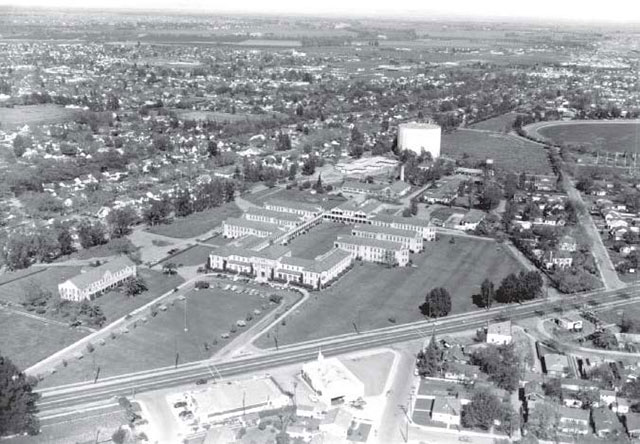

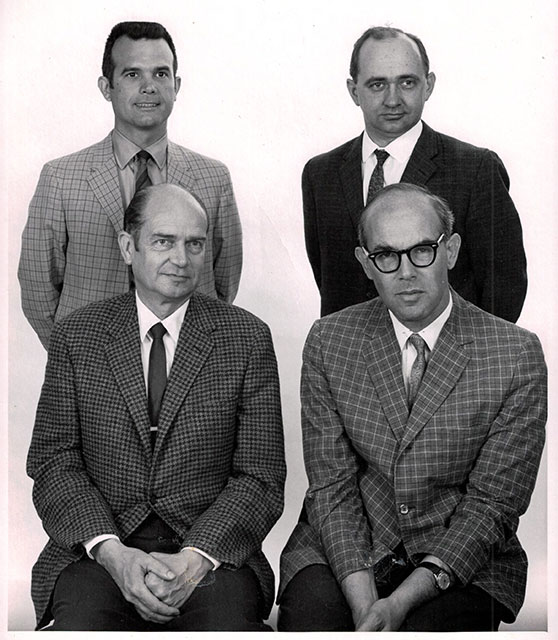
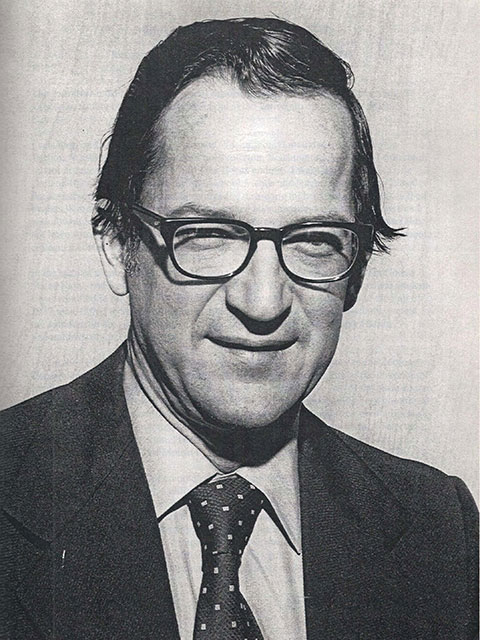
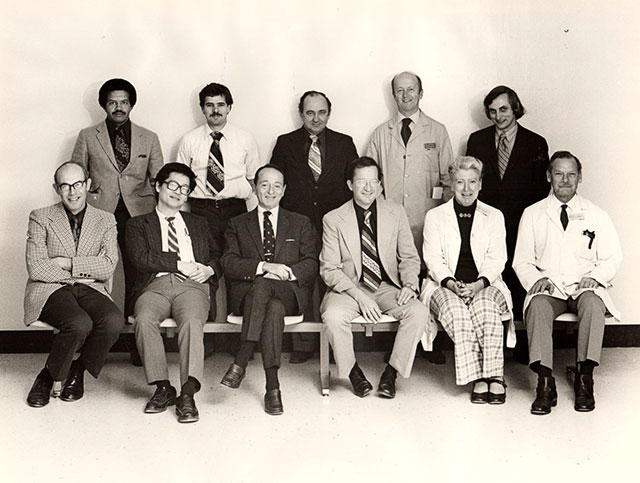
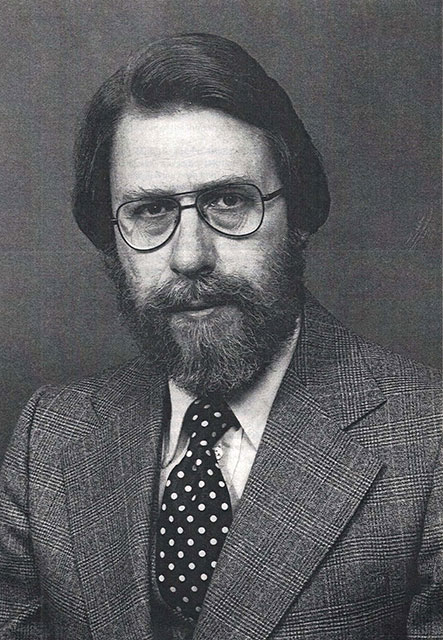
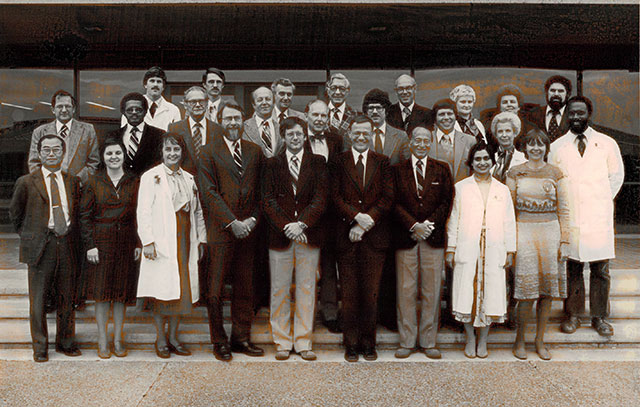
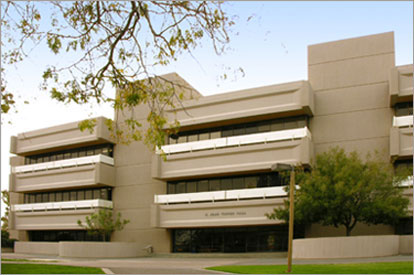
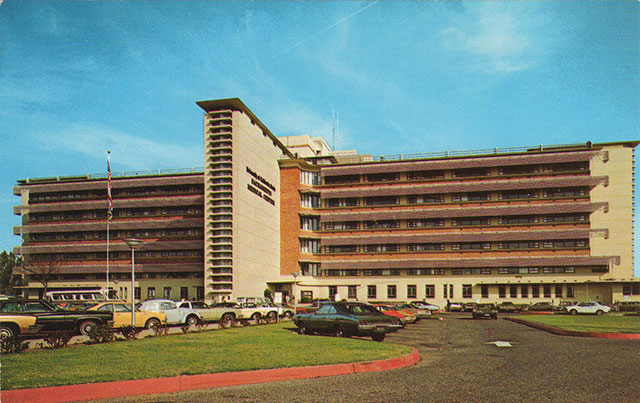
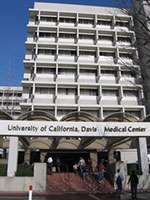
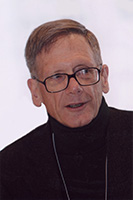
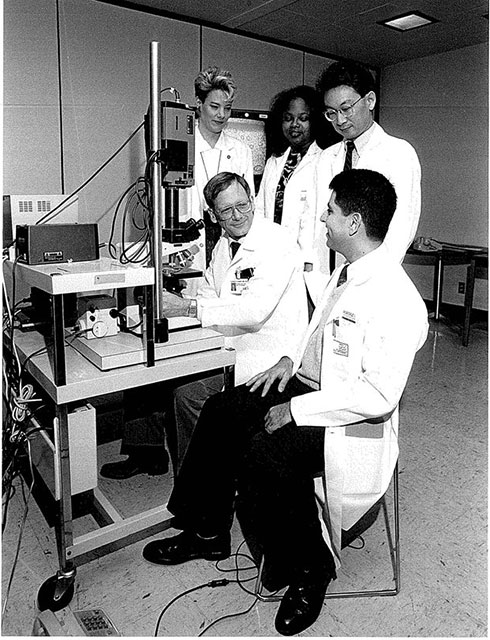
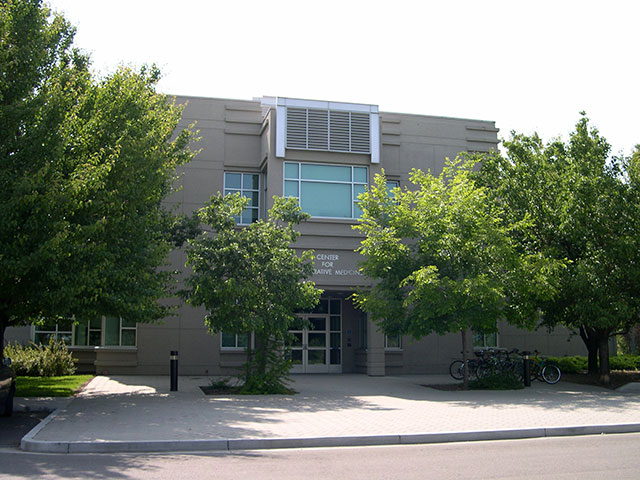
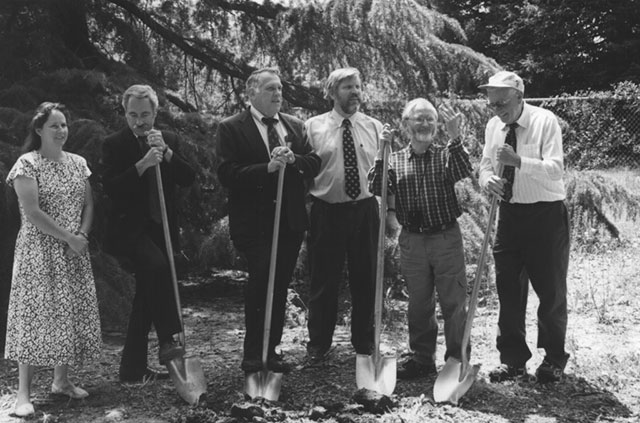
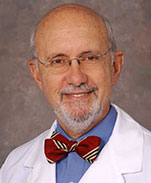
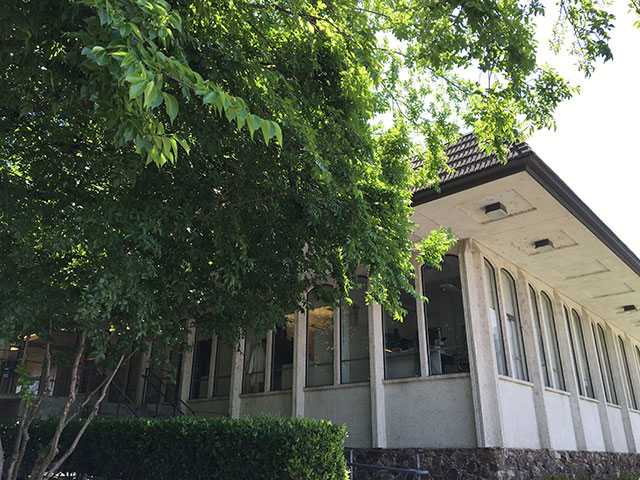
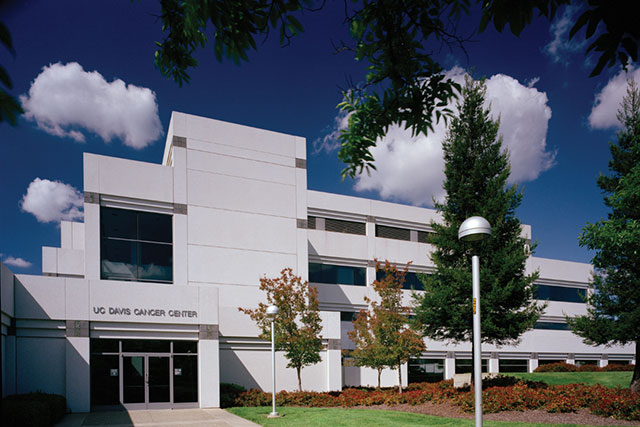
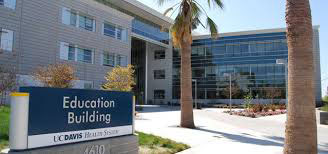
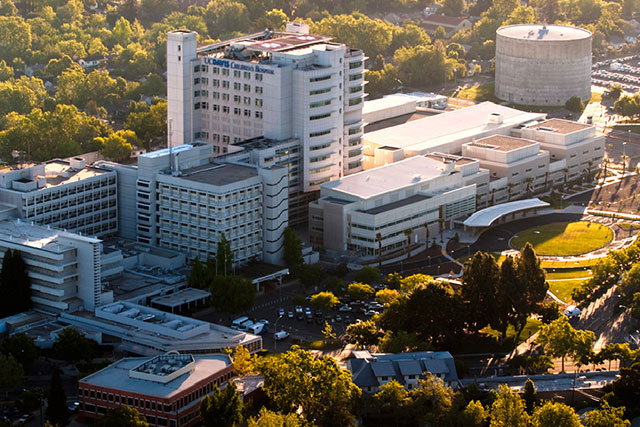

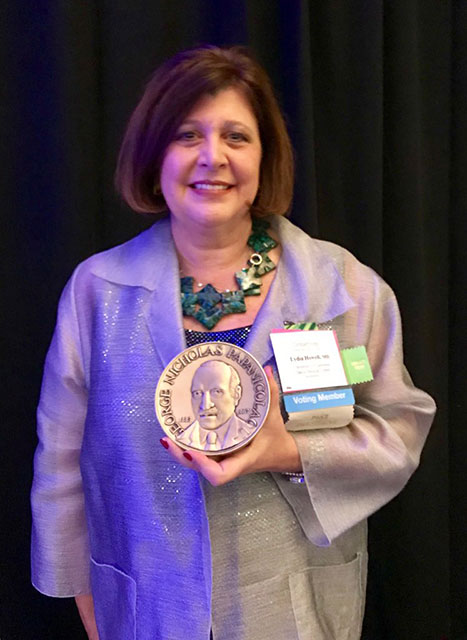
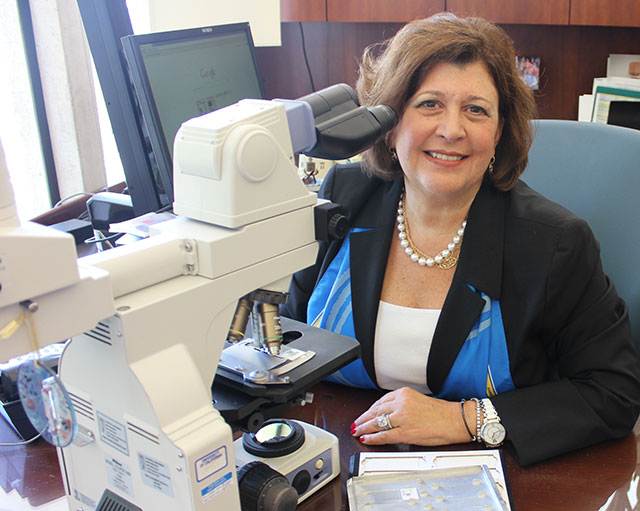

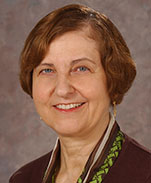
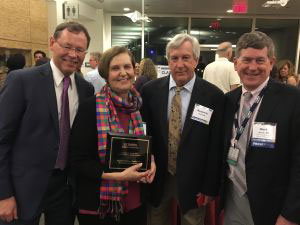
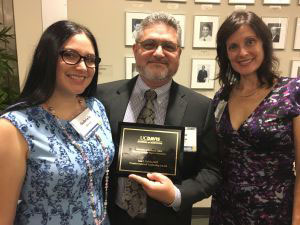
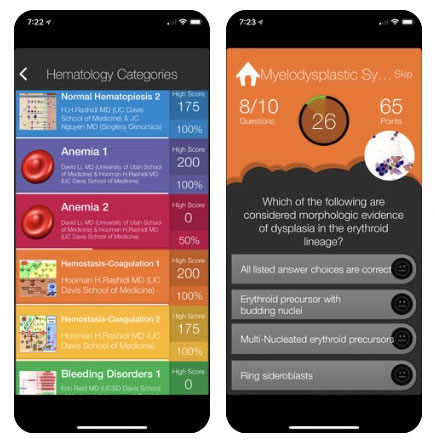
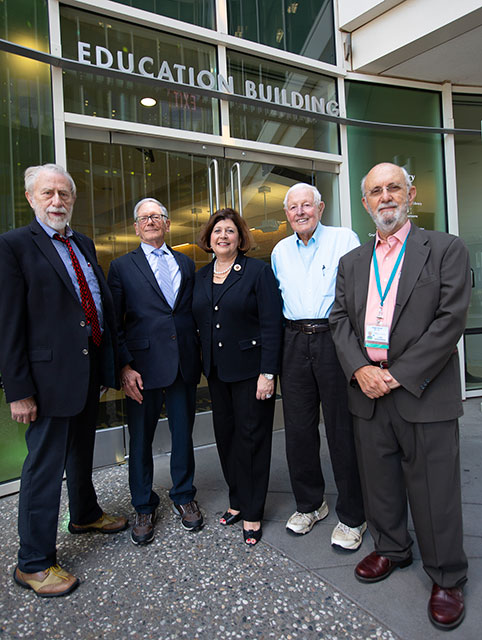


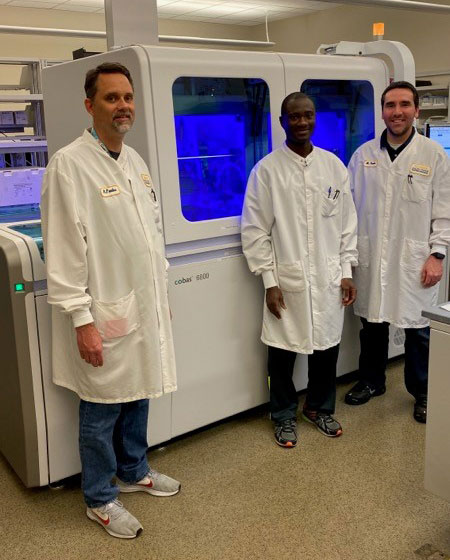


 LeShelle May
LeShelle May Chancellor Gary May
Chancellor Gary May